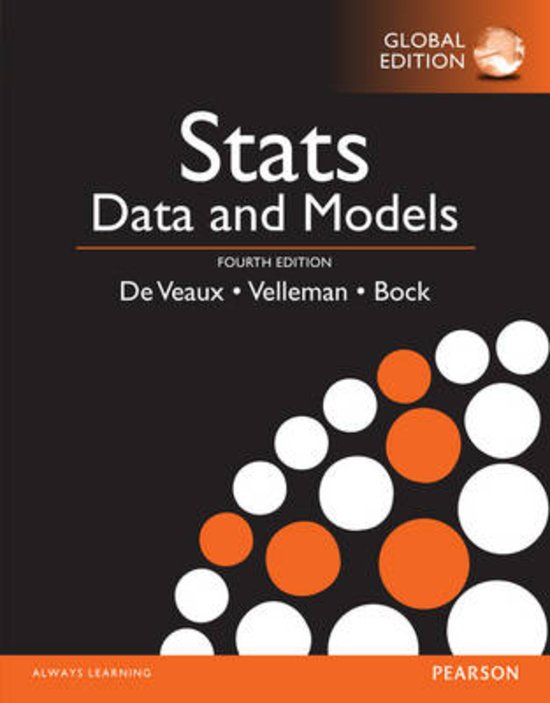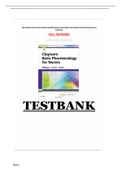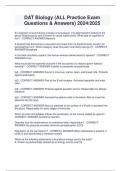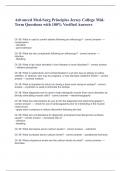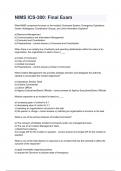Samenvatting
Summary Probability - Stats: Data and Models - Global Edition - 4th edition (De Veaux, Velleman and Bock)
Samenvatting van het boek Stats: Data and Models Global edition 4e editie. Te gebruiken voor het vak Probability voor het eerste jaar (tweede module) van de studie International Business Administration op Universiteit Twente. Bevat hoofdstukken 5 (5.3 en 5.4), 13, 14, 15, 16 en 17. Kan ook gebruikt...
[Meer zien]


